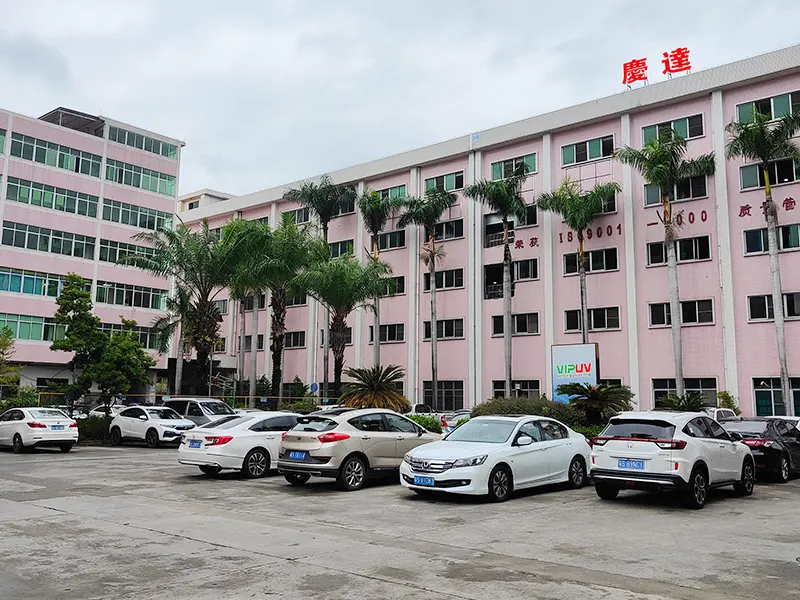How can offset printing machines improve paper feeding accuracy?
Release date:
2018-07-25
Analysis of factors affecting paper feeding precision shows that the fundamental way to improve paper feeding precision is to improve the processing and assembly quality of paper feeding system components, eliminate unreasonable gaps, increase paper gripping force, and pay attention to maintenance.
1. Unqualified printing materials shall not be used.
First of all, uneven paper needs to be pre-processed. For example, to eliminate the paper's curled edges, infrared drying lamps can be added to the paper stack on the paper feeder, to appropriately remove moisture absorption and deformation of the paper edges. At the same time, mechanical pressure plates can be added to the front guide paper feeding area to make the paper as flat as possible when entering the guiding system and paper feeding teeth. For severe static electricity, static eliminators can be added, so that the paper can enter the printing unit in a better controlled state, ensuring paper feeding precision from the source.
2. Strict processing and fine assembly
The processing and assembly of precision components in the paper feeding system must be strictly controlled. The rollers, especially the double-diameter impression rollers, must strictly control their radial runout, because radial runout is the root cause of AB ghosting. The motion accuracy of the transmission gears, such as the cumulative error of the pitch, the change in the length of the common normal line, the jump of the gear circle diameter, the gear backlash at the engagement point, the gear shape and direction, must meet the drawing requirements before assembly. The contour, roughness, hardness, and rolling ball surface of the engagement point closing tooth cam must be ultra-precisely processed, strictly controlling the runout deviation, ensuring that the roller gripper teeth operate without vibration, looseness, wear resistance, and unchanged gripping force, and the paper does not shift relative to the roller.
3. Ensure gripping force
In printing, ensuring that the paper does not shift is key to the tangential gripping force. A hard-soft combination mode is adopted, that is, the gripper teeth are hard, and the gripper pads are soft, which better ensures a good contact area and a large shear resistance coefficient, so that the paper is not easily displaced under the action of printing force. In the past, only the normal pressure of the gripper teeth was checked during assembly and debugging, while the tangential force in the working state was ignored, which is the main reason for the low paper feeding precision. If the normal pressure of the gripper teeth is increased blindly, the gripper roller and cam working surface will be easily worn, and the precision will be easily lost. Under the premise of ensuring the contact area of the gripper teeth and the depth of tooth engagement, we should appropriately reduce the closing pressure, so that the paper feeding precision of the machine can be maintained for a long time.
4. Pay attention to the daily maintenance of the tooth shaft and gripper teeth
The tooth shaft and rollers should be regularly maintained and inspected, lubricated, and the gripper tooth surface cleaned. Ensure that the tooth shaft and roller have no axial clearance, the teeth open and close flexibly, there is no jamming phenomenon, no dead teeth, the spring does not fail, and the gripper teeth close forcefully. The tooth surface of the gripper teeth is free of dust, ash, and paper scraps, and the teeth are sharp. When the machine has been used for a long time, the gripper ball and cam wear should also be checked. When the cam and gripper ball are worn, the common paper feeding time during engagement will be slightly shortened, because after the high-point closing cam or rolling ball is worn, it is equivalent to the paper feeding cam high point moving backward, the opening time is advanced, and the paper receiving cam moves forward relatively, delaying the closing time. When the gripper teeth are worn and lose their "sharp teeth," the gripper teeth must be replaced to ensure sufficient tangential paper gripping force.
5. Eliminate clearance and use rolling instead of sliding
The axial and radial support of the tooth shaft seat and roller support are replaced with rolling bearings instead of sliding bearings. No matter how precisely sliding bearings are manufactured, there is always a gap, and the gap reduces stiffness, resulting in elastic yielding. With the change of the contact line position, the movement is uncertain. Rolling bearings can be made gap-free through pre-tightening, with sufficient rigidity, less deformation, and certain movement.
Previous page
Previous page
Related news






